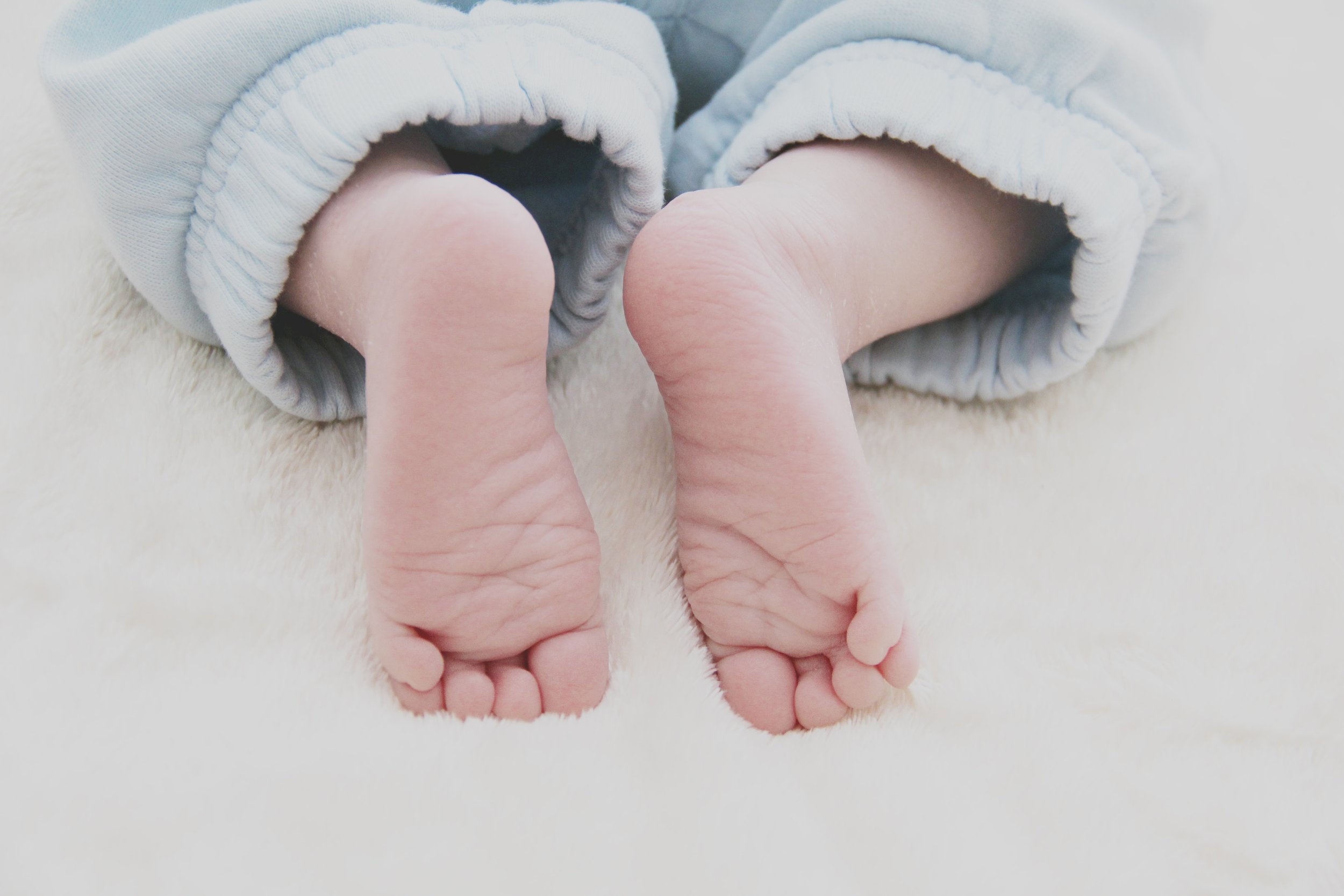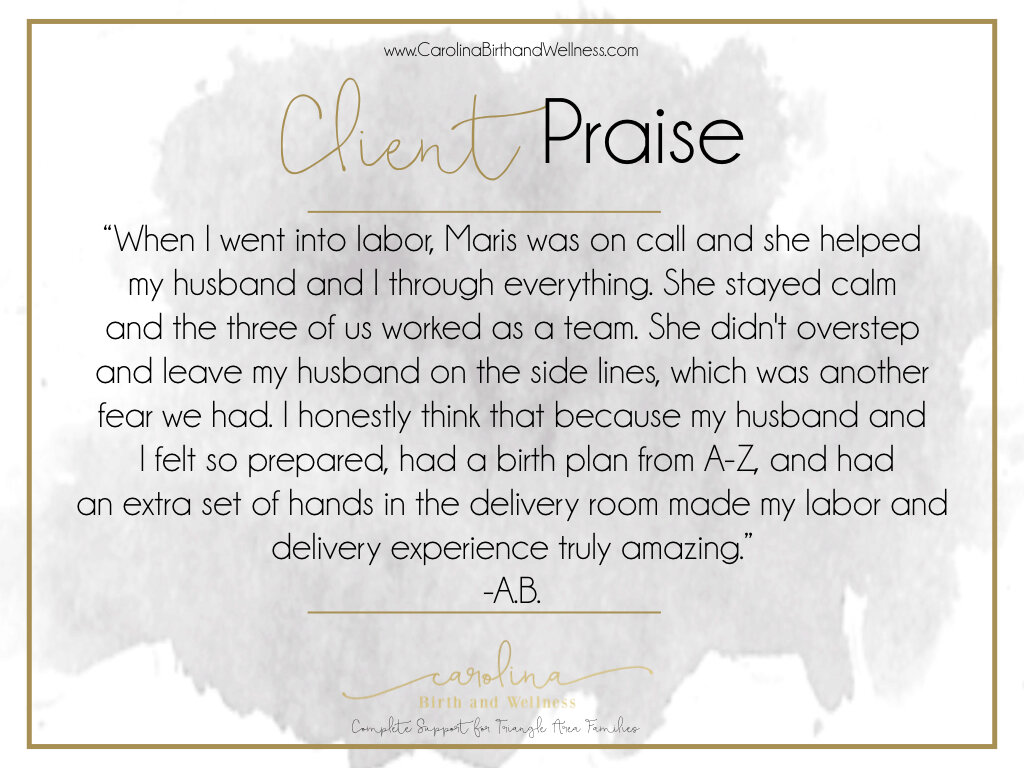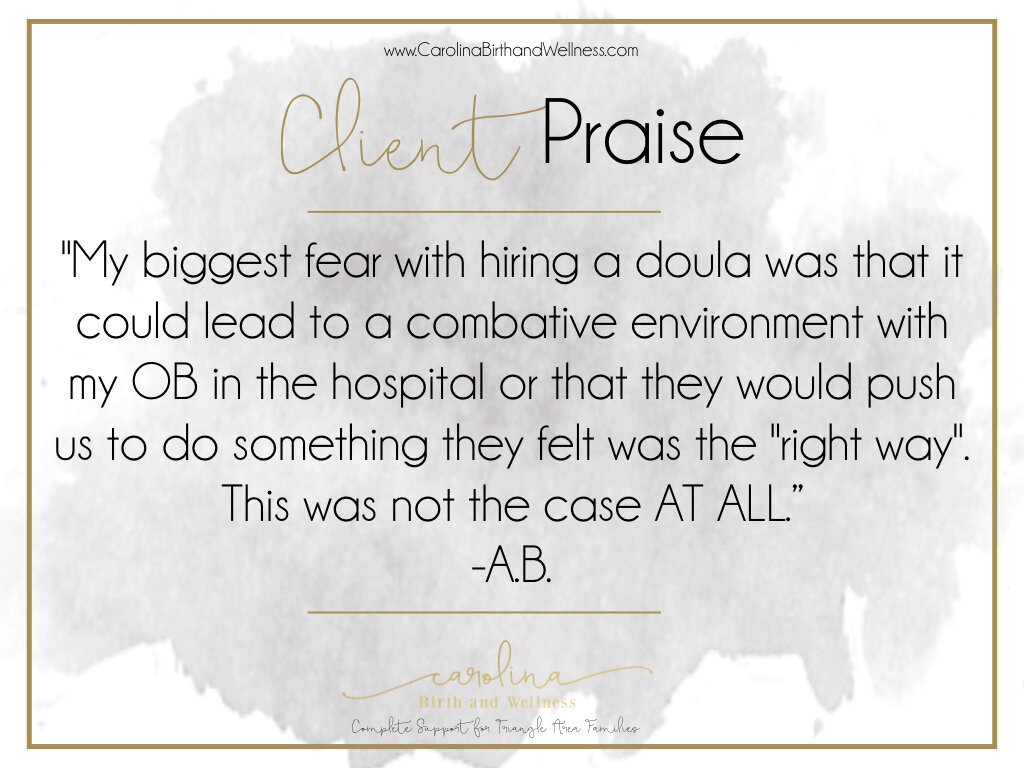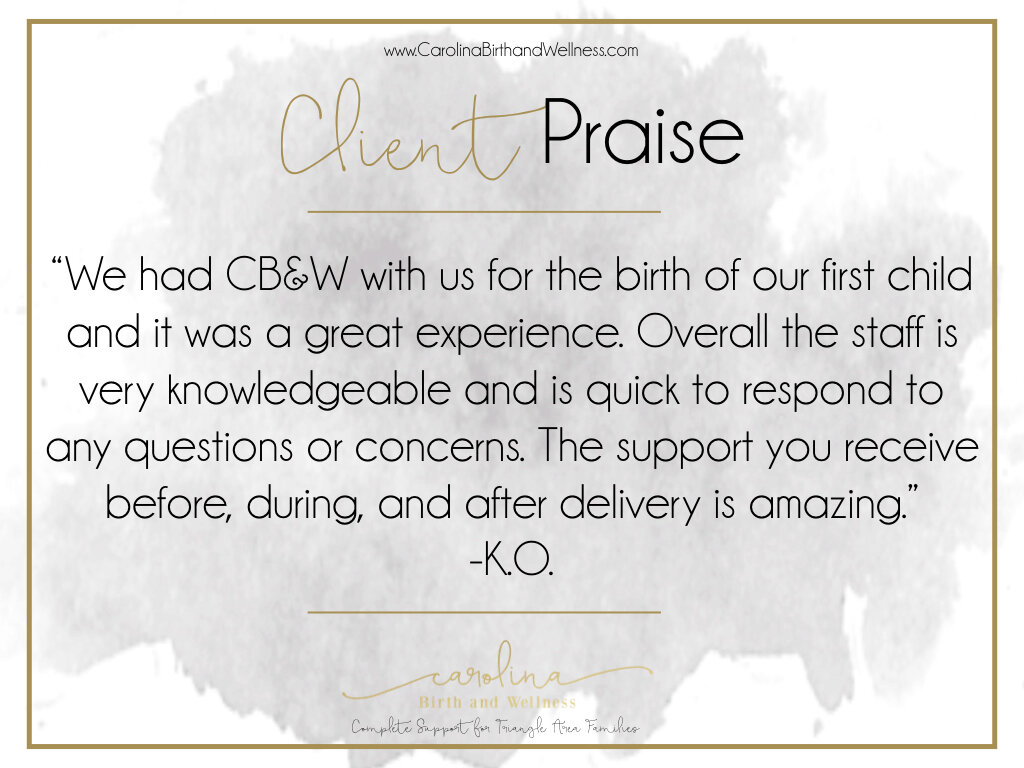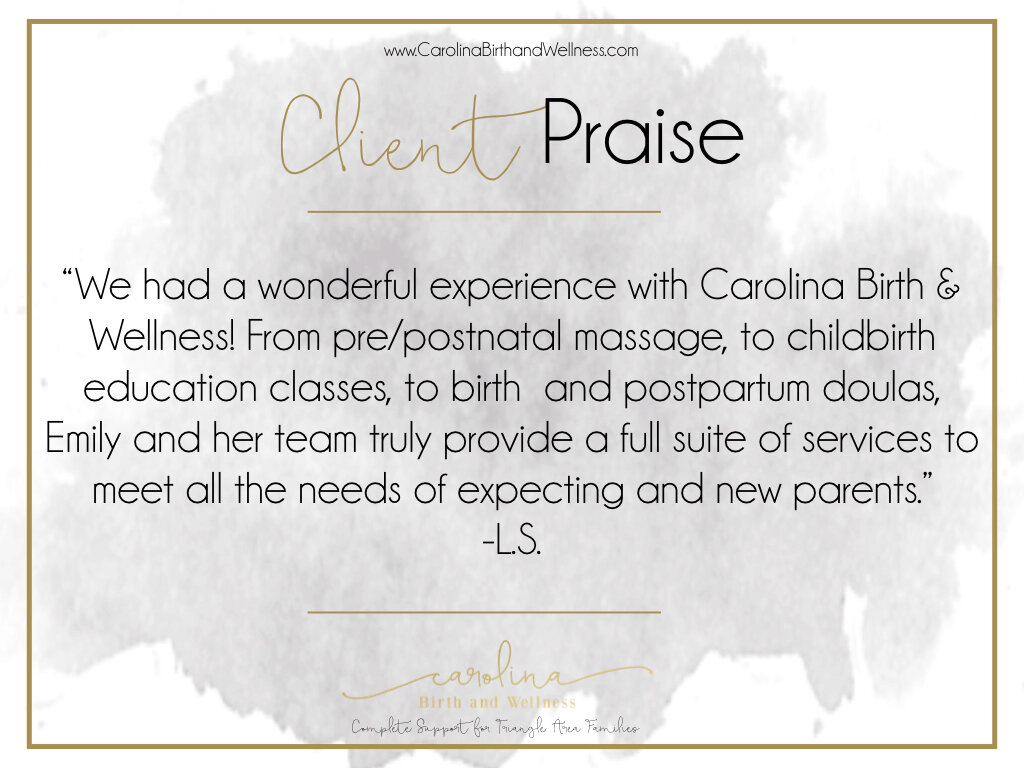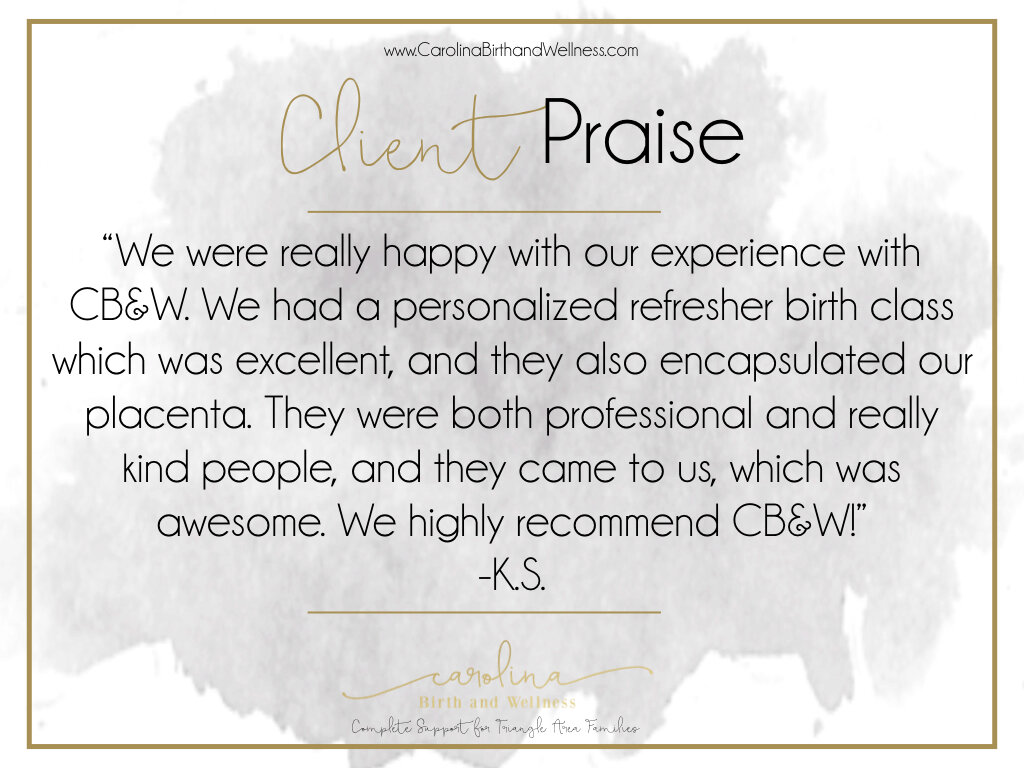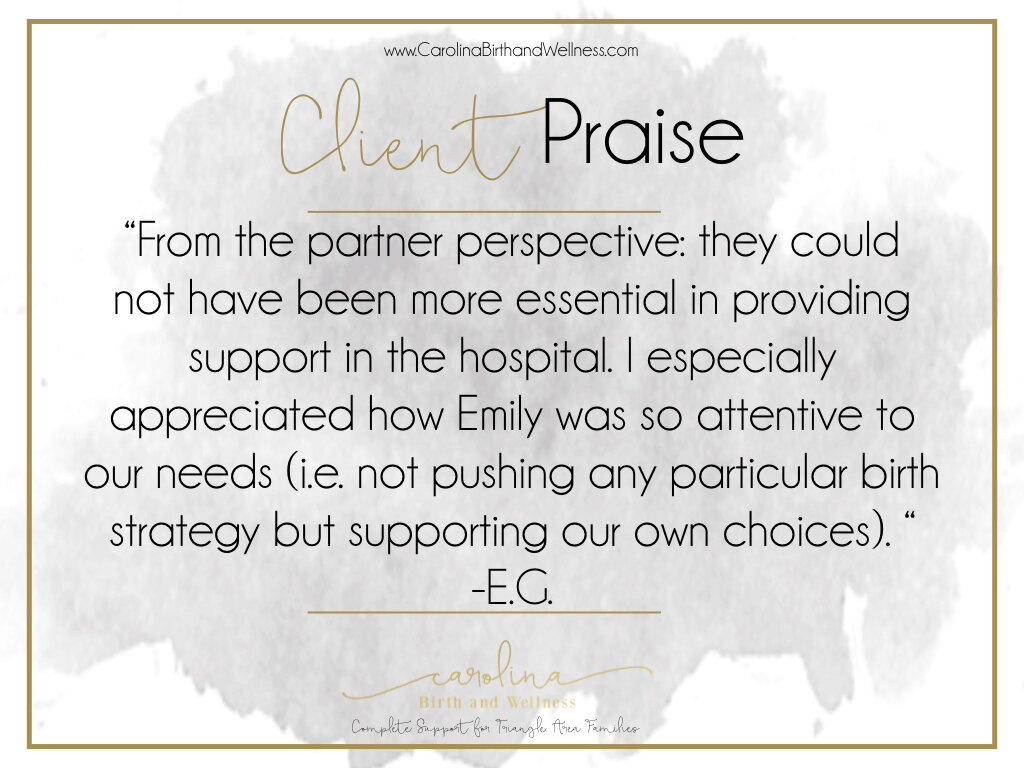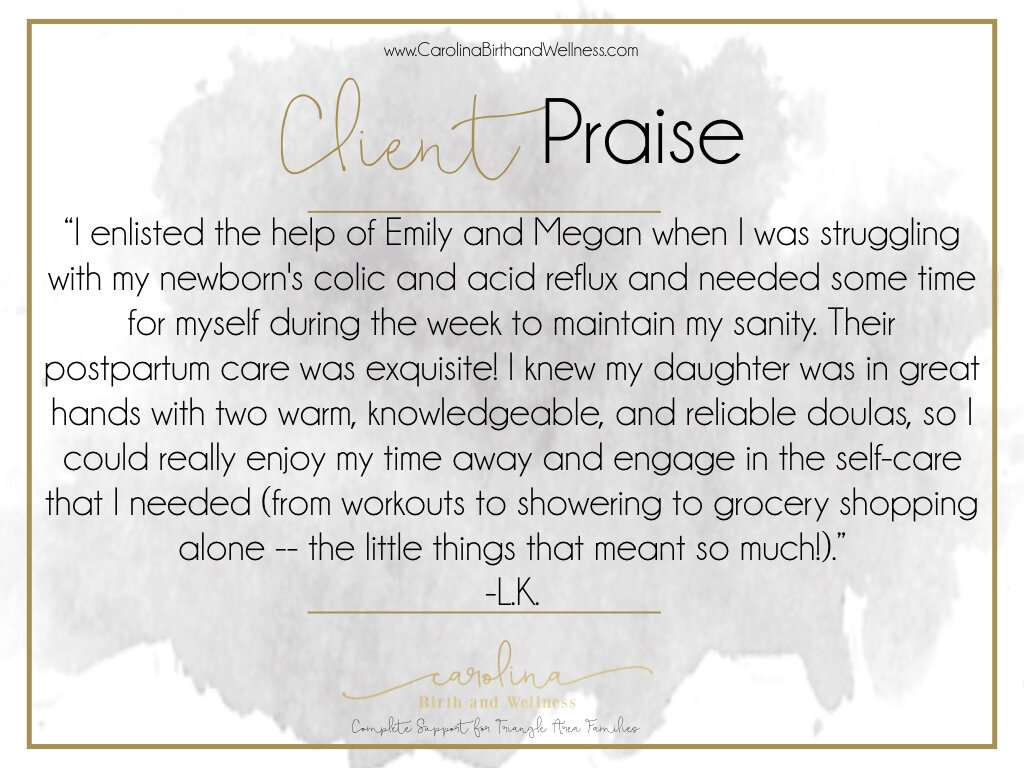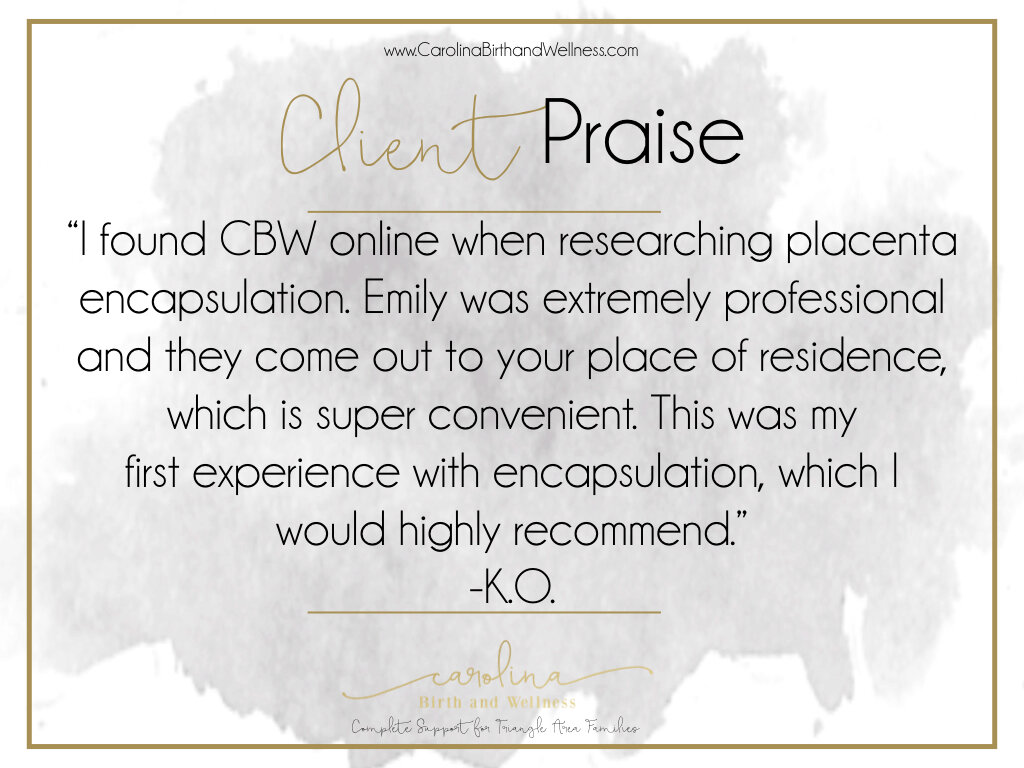One of the most common concerns we hear from our breastfeeding clients is about the status of their nipples! From cracked and bloody, to flat and sore, we hear it all. The most important thing to remember: your nipples should not hurt while breastfeeding or pumping!
If there is pain, a consultation with an IBCLC is recommended. Our postpartum doulas can also recommend different techniques that may help alleviate the pain and/or offer referrals to other provides that may be able to help.
Inverted Nipples
This is something that you should begin working on prenatally to make breastfeeding easier! If you have ever been told you have inverted nipples, meeting with an IBCLC is definitely recommended. They can help you pull the nipples out, or suggest different ways to prepare yourself for breastfeeding.
Cracked and/or Bloody Nipples
While it can be common as you are learning how to breastfeed with your baby, it doesn’t make it okay! Pain is never good! Letting your cracked nipples rest is helpful, so we recommend nursing from the non-injured side more. However, your breast will still fill with milk, so pumping or hand expressing is important to relieve that pressure. If you are pumping, you can line your flange with olive oil or another nipple cream can be helpful to reducing more cracking during your pumping sessions.
Compression Line on Nipple
A compression line can be seen on your nipple immediately after your baby unlatches. Your nipple will appear like a line parallel to your babies mouth. This is usually due to a shallow latch, and can be corrected by working with your postpartum doula or IBCLC to make sure your baby is getting a good, deep latch. Ideally, the tip of your nipple should be hitting the soft palate of your babies mouth. If you notice that after nursing on both sides, only one nipple has a compression line, this unilateral damage can be a structural difference with your baby on her left vs right side. We recommend a visit to a pediatric chiropractor or enrolling in our infant massage class!
Thrush
Thrush will usually be noticed on both the inside of your babies mouth, as well as on the breast. It appears as while lesions, and can be painful for everyone involved. Your medical team or IBCLC can recommend a treatment for you, but in the meantime start cleaning! Anything that you baby’s mouth has come in contact with should be cleaned. Research is still out about breastmilk pumped during thrush, so we recommend labeling it as questionable and talking to your IBCLC to see what they recommend.
Nipple Belbs
If you notice a white bump on your nipple, that may be a nipple belb. Sometimes these belbs can lead to pain while nursing and/or a clogged duct, so it important to try to correct it sooner rather than later. We have a great doctor in Cary that can correct nipple belbs!
Infection
If your nipple or breast shows a sign of an infection, we recommend calling your medical team immediately. The signs of an infection can be redness, heat, swelling, fever, chills, and/or any (non-milk) discharge. Furthermore, if you start experiencing flu-like symptoms within the first few weeks of breastfeeding, a call into your medical team is recommended.


